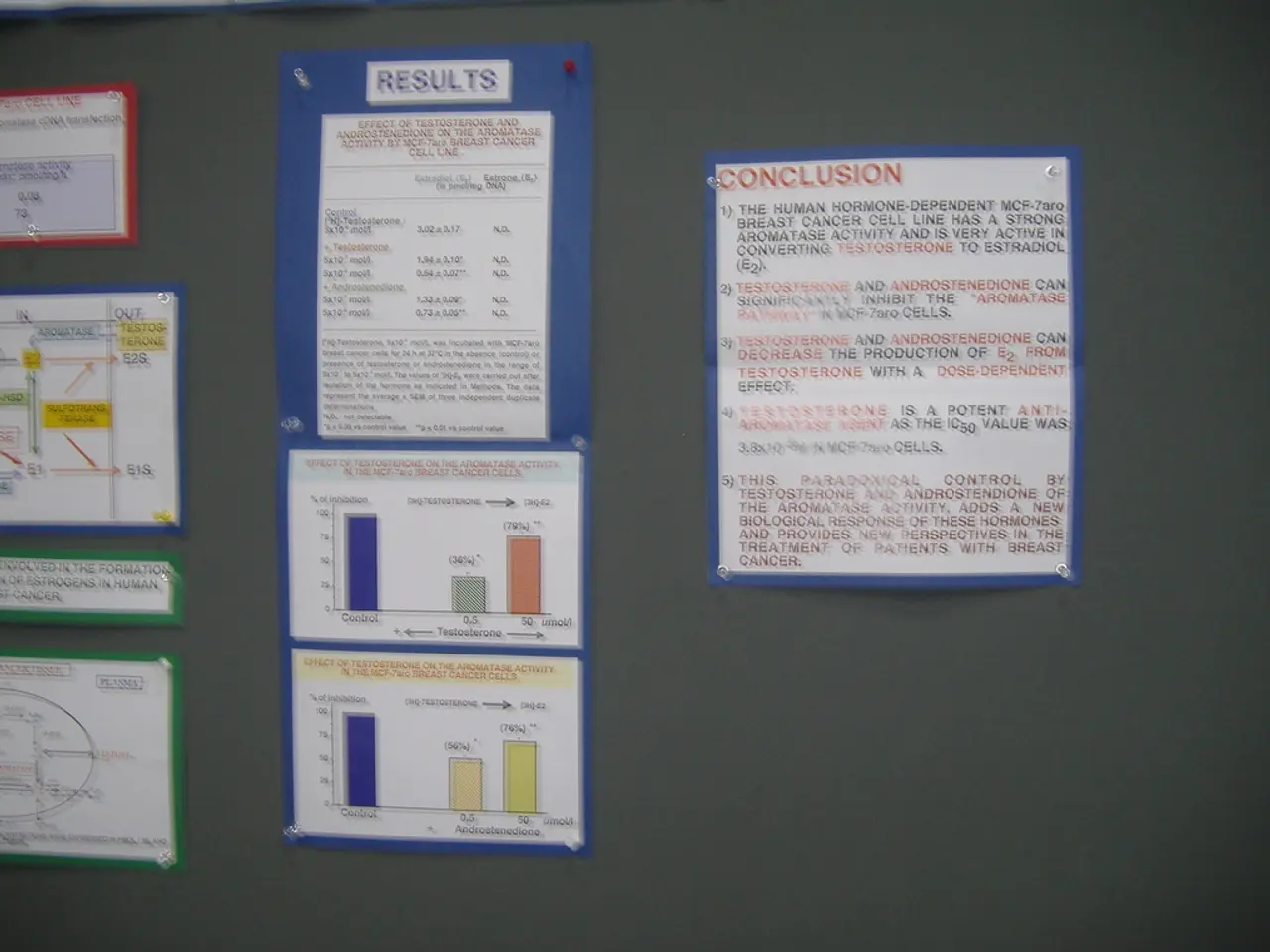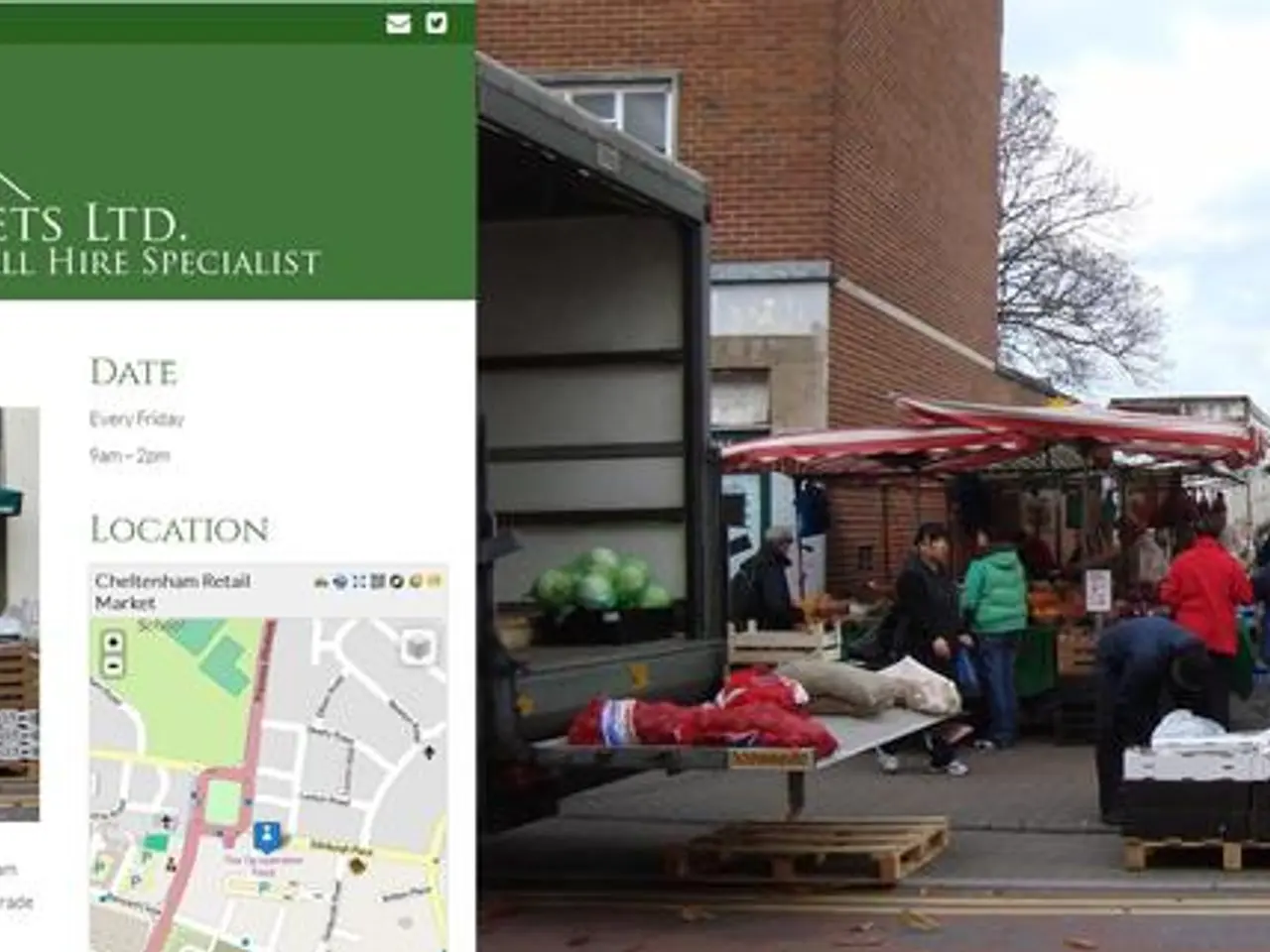Expedite administrative processes and improve business conditions, appeals Prime Minister
In a bid to streamline administrative procedures and business conditions across the country, Prime Minister Pham Minh Chinh has issued Dispatch No. 127/CD-TTg on August 5, 2025. The dispatch outlines urgent tasks to be completed by August 2025, with a focus on administrative reforms.
The key urgent tasks include coordinated leadership by ministers, heads of ministry-level agencies, chairpersons of provincial and municipal People's Committees, and provincial Party Committee secretaries. This coordinated leadership is aimed at streamlining administrative reforms and achieving targets set by Government Resolution No. 66/NQ-CP dated March 26, 2025. These targets call for cutting at least 30% of administrative procedures and business conditions by 2025-2026.
As of early August 2025, some ministries have approved reform plans, others have submitted or are finalizing proposals. However, six ministries missed the June 30 deadline. The dispatch stresses the urgency to address these shortcomings and meet the ambitious August 2025 reform goals.
To enhance the arrangement and deployment of competent cadres and civil servants, the government is working to improve key information systems such as civil registration, business, and tax licensing. These systems, which remain outdated or poorly integrated, are being updated to enable a fully connected national administrative procedure information system.
National and sectoral databases are also being strengthened to ensure accuracy and real-time updates to support administrative simplification. Ministries are required to accelerate the development of these databases to ensure integration with the National Public Service Portal and provincial systems.
Prime Minister Pham Minh Chinh has emphasised the need for unwavering leadership at all levels to ensure a modern, efficient, and citizen-centred administrative system. The Ministries of Finance, Home Affairs, Justice, Health, Industry and Trade, and the State Bank of Vietnam (SBV) have been urged to immediately review and reduce at least 30% of business conditions under their jurisdiction.
The Government Office will oversee implementation, compile results, and report unresolved or cross-sectoral issues to the PM. The Ministries of Science and Technology, Education and Training, and Construction, and the SBV must finalise and submit reform plans by August 15. Local administrations at the provincial level must review local legal documents to ensure consistency following administrative restructuring and approve reform plans for procedures under local council and committee authority by August 30.
Staff qualifications, technical support, and IT infrastructure - including digital signatures and seals - remain inadequate in many areas, while public communication and citizen support are still limited. Ministers, agency heads, and provincial chairpersons are directly accountable to the Government and the Prime Minister and must submit progress reports by the 25th of each month.
As of August 1, 115 administrative procedures, 118 business conditions, and 691 others have been simplified by ministries and agencies in line with the 2025-2026 reform agenda. However, some proposals fall short of the 30 per cent reduction target. Eight ministries are required to update and publish reform outcomes on the National Administrative Procedures Database by August 10.
All ministries must standardise and publish administrative procedures delegated to local levels, especially those involving investment, imports/exports, land use, and planning by August 15. Five ministries have approved reform plans, while seven have submitted reform proposals to the Prime Minister. Four others are finalizing their submissions.
Localties continue to face difficulties in implementing newly delegated responsibilities, especially at the grassroots level. The dispatch emphasizes the need for coordinated leadership among ministers, heads of ministry-level agencies, chairpersons of provincial and municipal People's Committees, and secretaries of provincial-level Party Committees.
The rollout of the two-tier local government model has seen 34 provinces and cities handle 3.4 million administrative dossiers, including 2.5 million at the communal level, in July 2025. Despite progress, the dispatch stresses the urgency to address shortcomings and meet the ambitious August 2025 reform goals.
- The Prime Minister has tasked the Ministries of Finance, Home Affairs, Justice, Health, Industry and Trade, and the State Bank of Vietnam (SBV) to review and reduce at least 30% of business conditions under their jurisdiction.
- The Ministries of Science and Technology, Education and Training, and Construction, and the SBV must finalize and submit reform plans by August 15.
- National and sectoral databases are being strengthened to ensure accuracy and real-time updates to support administrative simplification.
- Ministers, agency heads, and provincial chairpersons are directly accountable to the Government and the Prime Minister and must submit progress reports by the 25th of each month.
- All ministries must standardize and publish administrative procedures delegated to local levels, especially those involving investment, imports/exports, land use, and planning by August 15.
- As of August 1, certain administrative procedures, business conditions, and others have been simplified by ministries and agencies in line with the 2025-2026 reform agenda, but some proposals fall short of the 30% reduction target.
- The rollout of the two-tier local government model has been progressing, with 34 provinces and cities handling 3.4 million administrative dossiers in July 2025. However, localities continue to face difficulties in implementing newly delegated responsibilities, especially at the grassroots level.




